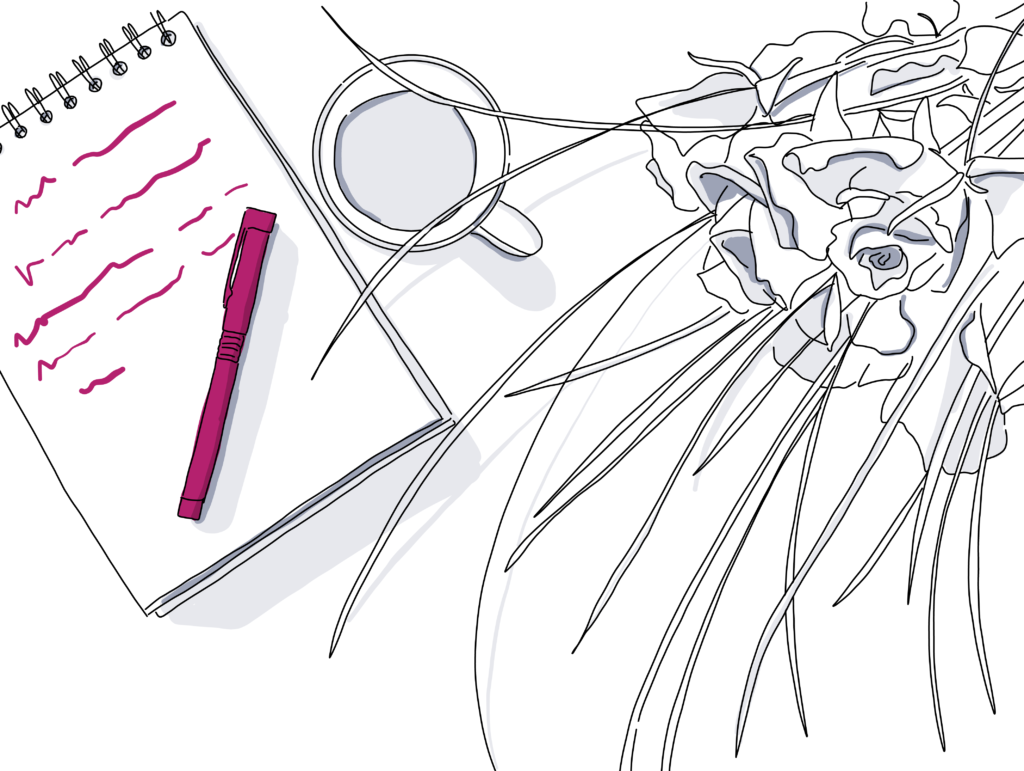
Top Fashion Show Stage Design Ideas Inspired by New York Fashion Week
When it comes fashion event design creativity is everything. Just like the fashion designers you’re working with, you want to get better each time you design a new catwalk. Below, you’ll find inspiration and tips for fashion show stage design. From venue selection to backdrops to lighting to curating an exclusive experience for industry insiders, it’s time to strut your stuff.
Discover Essentials to Fashion Show Stage Design for Maximum Impact:
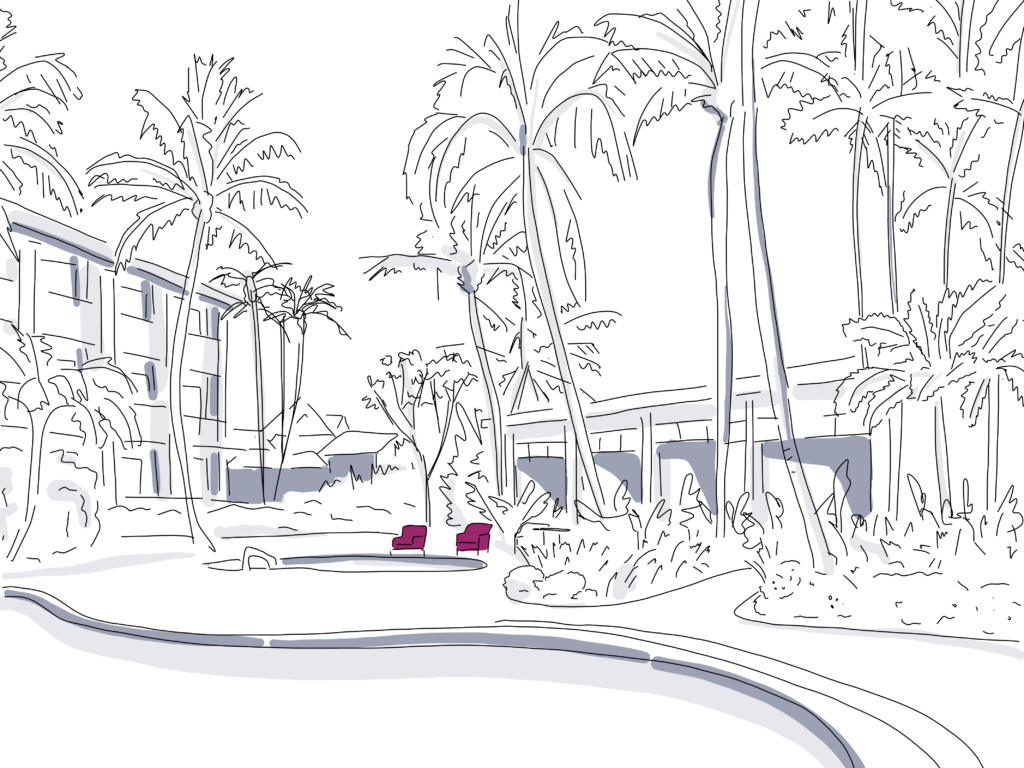
If the catwalk is your canvas, the fundamentals of stage design”lighting, layout, and backdrops”are your palette. Use these elements to express your creativity and design a truly eye-catching fashion show stage.
Just remember that while design sets the stage, it shouldn’t steal the show. The perfect stage design supports and showcases the designer’s clothes and the overall vibe they want to share with their audience.
1. Lighting for fashion shows
Lighting creates a mood, adds visual interest, and allows the audience to see every detail of the clothing collections. First and foremost, you want a lighting design that doesn’t change the colors or tones of the clothes in person, on livestream, and in photos or videos. Two top tips are to find a lighting company that has experience with fashion shows, and source a venue with enough vertical room for good lighting design.
Once you have the color accuracy nailed down, it’s time to play with light. To take advantage of colored gels (without accidentally turning a red dress mauve!) use gels behind the models, not in front. You can also easily bring in color with LED uplighting on the backdrops or panels at the back of the stage.
2. Stage layout for fashion shows
The classic fashion show stage design is popular for good reason. A long, straight runway’s elevation and length combines with tiered seating at the sides to provide fantastic visibility for a maximum percentage of the audience.
The runway with a T at the end is a popular variation that gives the designer a chance to line up several models, showing more of the collection at once. (If the designer is interested in this option, check that the model budget will permit so many models to be out front at once”and not backstage changing into the next look.)
But there’s plenty of room to innovate. Sometimes necessity is the mother of invention: A broad museum hallway may provide a stunning backdrop and plenty of length, but not enough width for rows and rows of seats. No problem! Line the runway with just two rows of seats, one row of seats with a standing row behind them, or simply a single row of benches on either side.
And sometimes, possibility is the mother of invention. If you have sourced a mall atrium for the show, incorporate the escalators. (Louis Vuitton used graphics on the escalators as well in his Paris Fashion Week Spring 2013 show.) Models can glide down, walk the runway, and pose as they glide back up.
If you have plenty of width in your venue, consider an X-shaped stage. Keep the model choreography fairly simple and rehearse it carefully so that audiences on both sides of the X get a good view and the on-stage flow is smooth.
Or go even further outside the box: At NYFW Spring/Summer 2020, Tom Ford’s show used an abandoned subway station. Maryam Nassir Zadeh’s show took place on a tennis court in a park on the Lower East Side.
To get a sense of how the stage design and seating options interact with the space, spend time using a layout design tool like Social Tables. It’s free, and you’ll see what the venue would look like with as many layouts and seating options as you can brainstorm!
3. Backdrops for fashion shows
The primary function of a fashion show’s backdrop isn’t usually to provide visual interest”it’s to prevent distractions from the clothing designs. Make sure the backstage view is blocked from everywhere in the audience, or the models in the wings and the happenings behind the scenes are sure to draw eyeballs away from the haute couture. (Or you could embrace that fact, like Tomo Koizumi at NYFW Spring 2020. Koizumi featured only one model, and dressers helped her change her bold looks in front of the audience.)
The basic options in backdrops are drapes or flat panels: One in the center and one on each side. With the centered drape or panel in front of the flanking two, models can enter from either the left or the right of center. On a 6-foot or 8-foot wide runway, take advantage of the symmetry by having two models enter from either side and walk together. But with the centered drape or panel behind the flanking two, all models enter through the same doorway… but its width is up to you!
Slightly larger shows might use large screens in front of the flanking panels”80-inch screens or whopping 16-foot by 9-foot projector screens”to show up-close footage. Position your cameras and screens for best visibility. With 3D event diagramming software, you can triple-check sight lines throughout the event space from your office and share the evolving design with your client.
Of course, there’s always an innovator ready to blow any fashion show rule out of the water. At the Fall 2019 New York Fashion Week, that was Rodarte, whose show featured only photographs in front of an artful backdrop and floral elements. Rodarte’s ˜show’ was a look book that gave everyone a front row seat.
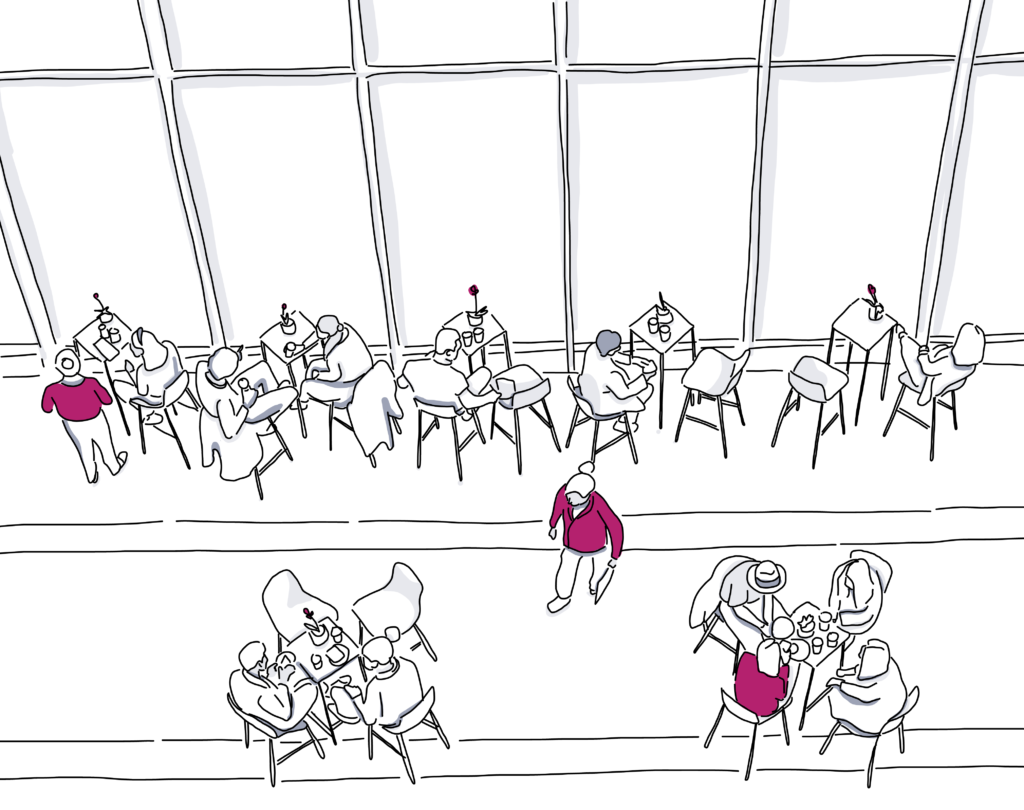
4. Fashion show tips
- Build on your in-person audience by streaming the show on FB Live. (Find useful tips in our post on Facebook live streaming.)
- Choose your models carefully, and scout well beyond the traditional model look to include a diversity of physical types. Select models with personality who will hold an audience’s attention. At NYFW SS2020, one model who walked for kids’ clothing line Lulu et Gigi was a double amputee”a New York fashion week first”whose Renaissance-inspired burgundy dress stopped at the knee to revealed the thoroughly modern prostheses beneath.
- Engage influencers and local celebrities, and invite them to watch the fashion show”or even walk the runway. This requires researching social media for the designer’s name or a hashtag associated with the designer. Court people who show an authentic passion for fashion or the designer’s work.
- Music selection sets the mood for your show. Choose upbeat music that promotes energy and alertness in the audience without being overwhelming. Pay close attention to the pace of the music, and have models walk to the music beforehand. Too many beats per minute, and your client’s models will speed-walk down the runway. Too slow, and the pace will drag.
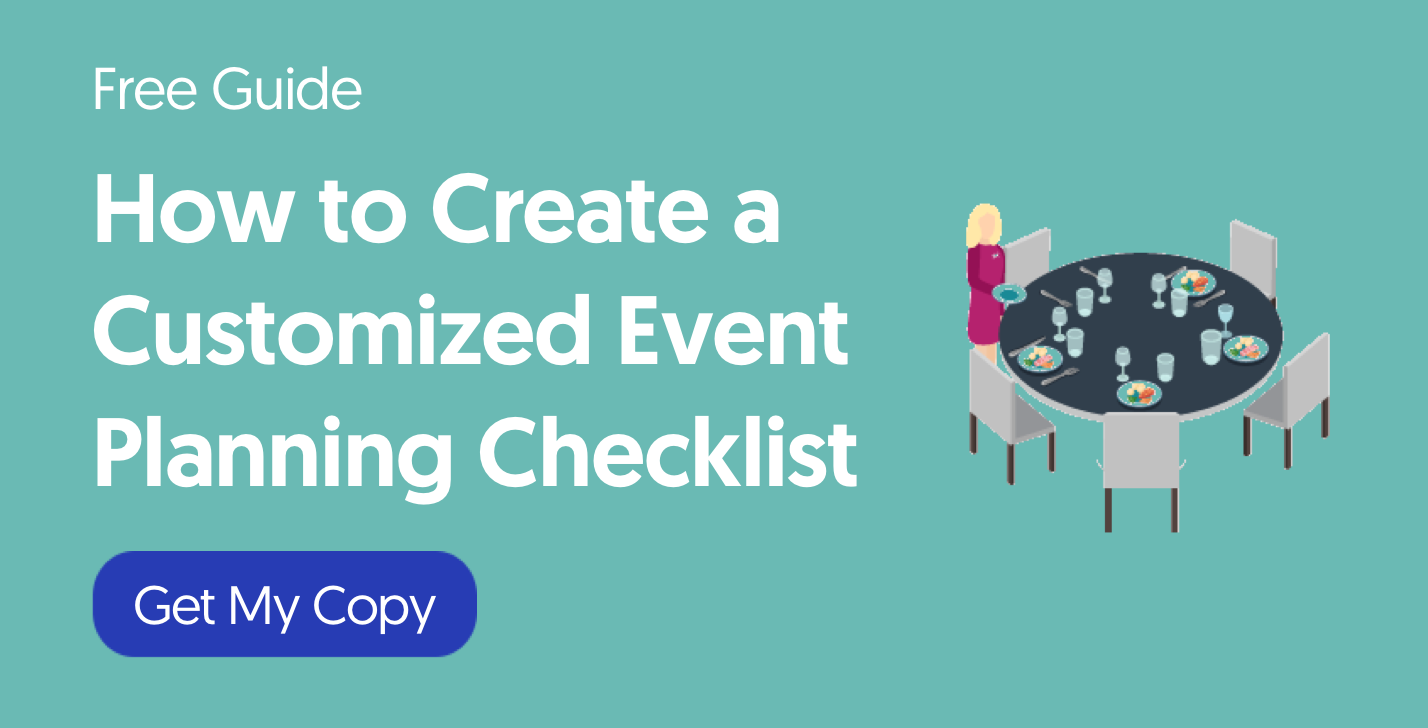
5. Create an exclusive experience for insiders
Chances are you’ll have VIP guests at your fashion show who require special attention. These are those fashion-industry influencers we mentioned above, as well as celebrities, fashion editors, and family and friends of the designer.
Start with all the ways that the hospitality industry usually treats people right: For example, look for ways to personalize as you meet their physical needs. That might mean special food paired with the main VIP’s favorite cocktail. And make the goodie bags, well, good.
Then, give them insider access. Consider holding the VIP reception a couple of days before the event. The designers can mingle or can set up trunk shows; a model or two might show off the clothes. If your event is a fundraiser, this is also a great opportunity to hold a drawing (included with VIP ticket purchase) or additional raffle for a luxury item or experience.
You might also take inspiration from New York Fashion Week. NYFW: The Experience offers VIPs dedicated check-in, hors d’oeuvres in a Skybox above the runway, reserved seating at shows, and professional makeup and hair styling. Just before the show, of course, your hair and makeup pros will have their hands very, very full. But if you schedule a reception before the show begins, select VIPs could receive professional attention before that.
After the show, you might hold a reception¦ or you might hold a fantastic reception. Get some ideas for holding the ultimate event after-party. For more fashion show inspiration, learn how to design an unforgettable event concept.
What Fashion Event Design Trends Did We See This Year?
This year was all about bringing the runway out of the box (and onto the street in some cases). And that’s not just true for the fashion world. Meeting and event planners across any industry are looking for new and exciting venue types. So who did it best at fashion week? Here are our top five best event venues and top five best overall set design at New York Fashion Week 2016.
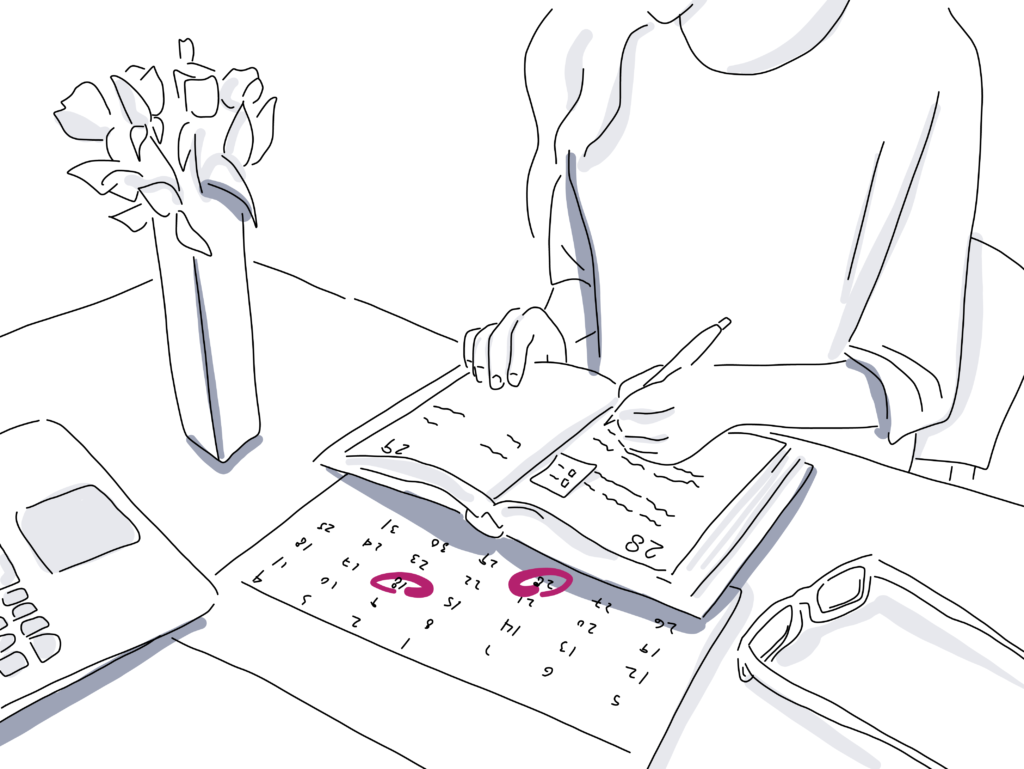
Explore the Best Runway Event Venues:
1. Tommy Hilfiger – Pier 16
Tommy Hilfiger took over a working Manhatten pier for his runway showcase. The designer leaned into a boardwalk/carnival theme as a backdrop to his spring collection.
2. Yeezy – Roosevelt Island
Just like his clothing line, Yeezy kept it simple. The rapper staged his runway event on an open lawn in the middle of Roosevelt Island. The only problem was, that he didn’t anticipate just how the heat would affect the models, some of which had to be escorted to the sidelines in the middle of the event.
3. Tracy Reese – New York’s Marble Cemetery
What could be more off-beat than an East-Village Cemetery? Fashion Designer, Tracy Reese, reanimated the underground crypts of New York’s Marble cemetery with a new show that was anything but dead.
4. Sies Marjan – New York City Bar Association
Sies Marjan decided that the perfect place to showcase their latest concepts was the library of the New York bar association. And best of all the design house didn’t do much to transform the space. Seis Marjan decided that hallways of bookshelves we’re the perfect backdrop for the Spring collection. They even invited attendees to the show using those classic library cards you remember from middle school.
5. Ralph Lauren – Madison Avenue
Madison Avenue is the mecca of New York fashion retail. This time, the legendary design house had to work with the mayor’s office to close off Madison Avenue between 71st and 72nd Streets to stage a show of a new fall 2016 collection. That’s where the iconoclast designer built a glass atrium to house the runway, and the models showcasing the latest collection.
And See the Best Overall Event Designs this Year:
- Coach – Stacked rusted cars in the center of arena
- Rodarte – Inspired by Janis Joplin and bees the runway had floral arrangements surround the chairs and models!
- Alice & Olivia – Models were flanked by life-size Tarot cards as they made their way down the runway.
- Yeezy – No runway, no seating. Just simple
- 29 Rooms – A massive, immersive art show installation inside of an 80,000-square-foot Brooklyn warehouse.
Now You’re Ready to Create the Best Fashion Event Stage Design!
If fashion week can teach us anything, it’s that creative venues and event design can foster event engagement in a real way. Fashion event designers know this better than anyone else. Any event planner can look at the event design at runway events in the same way we look at new clothing lines. Think of them as concepts and use the ideas as inspiration. Pick and choose the elements that work best for your audience.
What were your favorite designs from New York Fashion Week? Follow @socialtables on twitter and let us know.
Want to learn more about fashion shows?
– Ready-to-Wear: Looks that mainstream consumers are likely to buy
– Couture: Impractical looks meant to show a designer’s style and inspirations in exaggerated ways
– Menswear: Men’s looks, because most fashion shows lean towards looks for women
– Resort: Looks geared toward both summer and winter resorts, think beaches and skiing.
– Pre-fall: Trend-setting shows that pull from all the other categories to create buzz and set a designer’s direction.
A fashion show runway’s typical dimensions are 28 feet long and 8 feet high, but they can vary greatly depending on the venue and the planner’s creativity.
